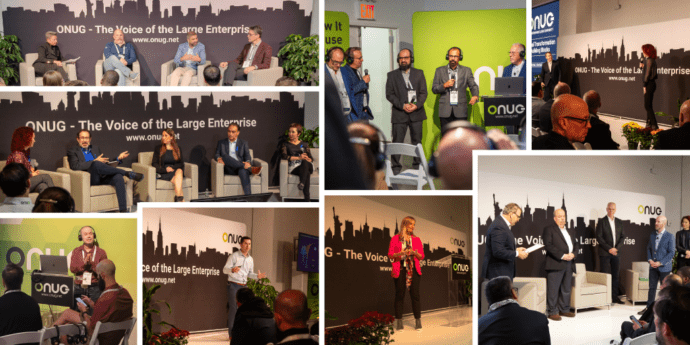The New Era of Cloud Compute: Why IT Leaders Must Rethink GPU Infrastructure Now
For the past decade, IT leaders have driven innovation by migrating workloads to the cloud. But now, as AI, machine learning, and high-performance computing take center stage, infrastructure needs have shifted. Compute is no longer just about flexibility and scale—it’s about raw power, speed, and efficiency. And that’s where traditional cloud models are falling short.
The Challenge: Cloud Isn’t Keeping Up With AI
When cloud computing became mainstream, it promised elasticity and simplicity. But that promise is starting to break under the weight of generative AI, large language models, and compute-hungry inference engines. The major hyperscalers—AWS, Azure, GCP—offer GPU instances, but often at inflated prices, long lead times, and with restrictive configurations that don’t align with real-world R&D and product needs.
More concerning for IT leaders is the lack of transparency. What’s under the hood? What is the exact networking topology? How many customers are sharing that same physical infrastructure? These are no longer theoretical concerns—they impact model performance, training time, and cost predictability.
The New Expectation: Purpose-Built Cloud for AI
Modern enterprises need more than “compute on demand.” They need infrastructure optimized for AI workloads—built from the ground up to handle training, fine-tuning, and deployment of models in ways that are secure, cost-effective, and easy to scale. And that means a shift in mindset: from generalist public cloud platforms to specialized GPU-native cloud environments.
This shift is already underway. Forward-thinking IT leaders are turning to providers that focus solely on delivering high-performance GPU compute. These companies—like Boost Run, CoreWeave, Lambda, and others—are challenging the hyperscaler dominance by offering access to the latest NVIDIA hardware, customizable cluster architectures, and pricing structures that actually make sense for iterative development cycles.
Why the Infrastructure Decision Is Now a Strategic One
For years, IT leaders delegated cloud procurement to DevOps or procurement teams. But in the AI era, compute strategy is product strategy. The models you run—and how fast and affordably you can run them—directly affect your company’s ability to innovate, compete, and scale.
A startup or enterprise deploying AI models at scale needs to answer three key questions:
- Can we provision the compute resources we need—when we need them?
- Are we paying a fair price, or just subsidizing a hyperscaler’s margins?
- Are we locked in, or can we flex and adapt as our needs evolve?
Leaders who get ahead of these questions now will unlock faster R&D timelines, greater financial efficiency, and a technical edge that’s hard to beat.
What to Look for in a Next-Gen Cloud Provider
The infrastructure landscape is diversifying, and that’s a good thing. But with choice comes complexity. As you evaluate cloud vendors optimized for AI, here’s what to prioritize:
- Latest-Gen GPUs: Look for H100s, L40S, A100s, and emerging H200s. Outdated cards will cost you more in time than you save in price.
- Bare Metal Access: Virtualization introduces latency. If you’re serious about performance, dedicated hardware matters.
- Custom Clustering & Networking: Inference and training at scale requires optimized topologies, fast interconnects (like NVLink or InfiniBand), and storage that keeps up.
- Security & Compliance: SOC2, ISO 27001, and HIPAA certifications are table stakes for regulated industries.
- Transparent Pricing: Avoid billing surprises. Find providers who offer flat rates, reserved capacity, or long-term discounts.
The Path Forward: Cloud That Moves at the Speed of Innovation
IT leaders are at a crossroads. Stick with the status quo and face ballooning costs and performance bottlenecks—or embrace a cloud strategy that’s purpose-built for AI. This isn’t about abandoning the public cloud entirely. It’s about diversifying intelligently. It’s about putting AI workloads on AI infrastructure.
And as AI evolves, so too must the infrastructure beneath it. The winners in this next era of computing won’t just be the companies with the best models—they’ll be the ones who can run them, scale them, and adapt them faster than the rest.
In this new landscape, infrastructure is not a cost center—it’s a competitive advantage. For IT leaders bold enough to challenge conventional cloud thinking, the opportunity has never been greater.


